Every day, there are thousands of newborn kittens worldwide Some of them are feral, indoor, mixed, or pure breeds.
Cats can have few litters per year and it depends mostly on the age and breed. Do you know how many litters will have an average cat? Or how many kittens are in a litter on average?
Cat overpopulation is still a big problem in every country because we percentage neutered or spayed cats. Do you know how old the cat needs to be so you can neuter her? Keep on reading and check our top list of 11 most interesting cat litter statistics.
List Of 5 Cat Litter Facts
(Editor’s pick)
- Statistics show that a cat can have up to 12 kittens in a litter.
- Cats can have up to 4 litter per year.
- A female cat is able to reproduce when they are 6 months old.
- Cats from 3-4 years old produce larger litters.
- The kitten survival rate from domestic cats is only 25%.
11 Most Interesting Cat Litter Statistics & Facts
1. Statistics show that a cat can have up to 12 kittens in a litter
According to cat statistics, the average cat has 4 kittens in a litter but the number can vary from 1 to even 12. Cats have at least one litter per year, so if the cat litter is too big, it can cause cat overpopulation and affect the number of stray cats.
2. Cats can have up to 4 litter per year
The main reason why cat overpopulation increasing every year is the low percentage of neutered and spayed cats. Because one cat can have up to 4 litters in one year, a single female can produce more than 400 cats in a few years.
Many of the cats in the litter, especially if the cat is homeless, won’t survive more than 6 months, according to homeless cat statistics.
Source: petpedia.co
3. The average gestation period is 60 days
The gestation period is different for every cat and depends on many factors, but mostly it is from 63 to 67 days long. There is a record of one of the biggest litter where the cat has 19 kittens, and surprisingly 15 of them survived.
Source: petpedia.co
4. Free-roaming cat has an average of 1.4 litter per year
According to one study which included 2332 female cats, the results showed that the average free-roaming cat has 1.4 litters per year with an average of 3 kittens. Not all kittens will survive on the street, due to hot or cold weather, lack of food, water, and care.


Source: feralcatproject.org
5. Single pair of cats and their kittens can produce up to 420,000 kittens in 7 years
During the productive life of a female cat, she can have more than 100 kittens, depending on the breed, age, and health conditions. Statistics show that single pair of cats can have about 420,000 kittens in 7 years.
Comparing it to dogs, which are on the top list of favorite pets, an unspayed female dog and her offspring can produce around 99,000 dogs.
This represents the big problem for overpopulation, and animal shelters in the country are overcrowded which affects the number of euthanasia.
Source: pethealthnetwork.com
6. Cat is able for reproduction with only six months
Cat becomes able to reproduce at only six months of age. Cat reproduction depends on different factors such as breeds. Some cat breeds, like Siamese, reach reproductive maturity at only four months, while Persian cats sometimes wait until 10 months.
Reproductive maturity can be reached soon if the cat is in the presence of other intact cats, and females tend to have a sooner reproduction than males. Even if the can is able to reproduce it doesn’t mean they need to have a litter.
Usually, it is best to wait until they’re at least one year old, to make sure they’re big enough to have a bigger litter of kittens.
Source: petozy.com
7. Cats from 3-4 years old produce larger litters
How many kittens will be in a litter depends on the female’s age and breed. Younger cats usually produce smaller litters as well as much older cats. According to statistics, cats that have 3 to 4 years produce larger litters. Comparing two cat breeds, Siamese cats tend to have much larger litters than Persians.
Not only age and breed are the main factors for reproduction, but outside factors also have an impact on the number of newborn kittens per litter. Factors include nutrition and diseases. Outside factors are especially common with feral cats, which are much more in danger with predators, diseases, and survival.
Mothers who eat well and enough on a daily basis will usually have larger litters than those who are struggling to survive, especially outside cats. Dieses is also one of the factors because feline can easily get infected which will increase the rate of fetal abortions, which leat to smaller litter size.
Source: petozy.com
8. The kitten survival rate from domestic cats is only 25%
Shocking cat statistics from the Journal of American Veterinary Medical Association study show that kitten survival rate from domestic and free-roaming cats is only 25%. This means that 75% of kittens will disappear or die in the first six months of their life.
If the kitten will survive depends on whether it is feral, purebred, domestic, or mixed. Usually, feral cats have a much higher mortality rate because of harder survival in a wild mostly due to predators. Orphaned kittens also have a lower survival rate even they got all the needed care from humans.
Statistics also show that 5% of kittens die before they are even born. This is something that can happen to every breed, mostly because of disease or genetic defects.
The first week of kitten shows the highest mortality, because, at this age, causes like dehydration, low blood sugar, and hypothermia account for the mortalities. Newborn kittens need warmth, and many inexperienced mothers will leave them for a long time alone which is also one of the main reasons for the mortality rate.


Source: petozy.com
9. Female cats can reproduce almost throughout the entire life
How long a female cat will be able to reproduce throughout her life, depends on many physical factors which can decrease the percentage of newborn kittens. Most cats are able even when they’re 15 years old to have a litter, but one of the most common physical factors, like arthritis, will make it possible.
Male cats are also capable of breeding until old age. Also, physical factors like arthritis may make it much more difficult especially in older age.
Source: petozy.com
10. Cats are at peak fertility between 1.5-8 years of age
According to Cummings School of Veterinary Medicine at Tufts University study peak fertility in cats is between 1.5 and 8 years of their age.
Litter size increases as female ages and some statistics show that intact cats and their kittens can produce around 98,000 cats in combined lifetimes if they’re not spayed or neutered.
Source: tahoedailytribune.com
11. Household males and females must be neutered by 4 months of age
If you decide that you want to neuter your male or female cat it needs to be done by 4 months of age. Cats can be neutered while been pregnant as well. It is a myth that allowing a cat to have at least one litter will benefit her or her new family. Cats spaying and neutering can avoid many health issues and even cancers.
Also, it will help decrease the number of cats, because, according to cat overpopulation statistics, there are still millions of cats on the street.
Source: tahoedailytribune.com
To Sum Up
According to all cat litter statistics and facts from our article, we can assume that cats can have thousands of cats in their lifespan, which can affect overpopulation in a few years. The average cat has 4 kittens in a litter. Unfortunately, not all kittens survive after birth due to health problems, dehydration, or low sugar blood. Cats can be neutered when they are 4 months old. One of the cat litter records is 19 kittens in one litter, and 15 of them survived. The size of litter depends on age and breed, as well as genetic predisposition and nutrition.


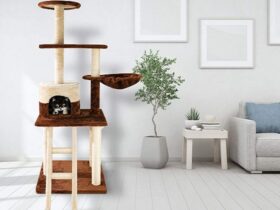

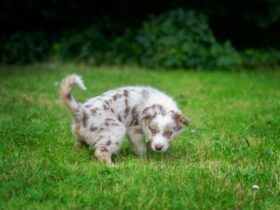
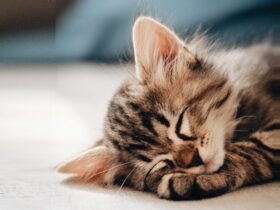













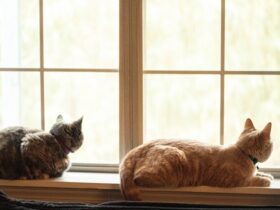

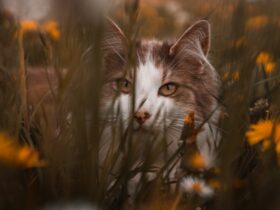
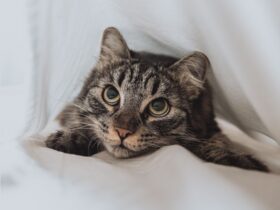
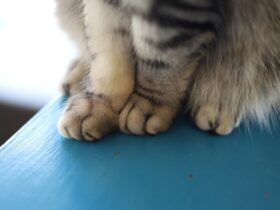

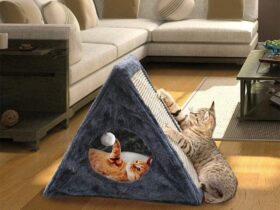

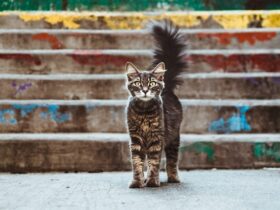
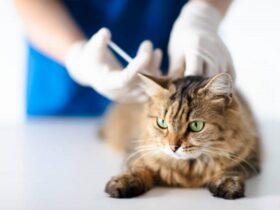

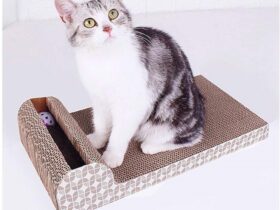
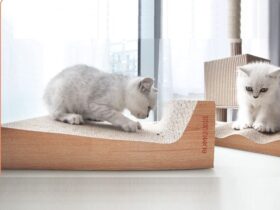


Leave a Reply